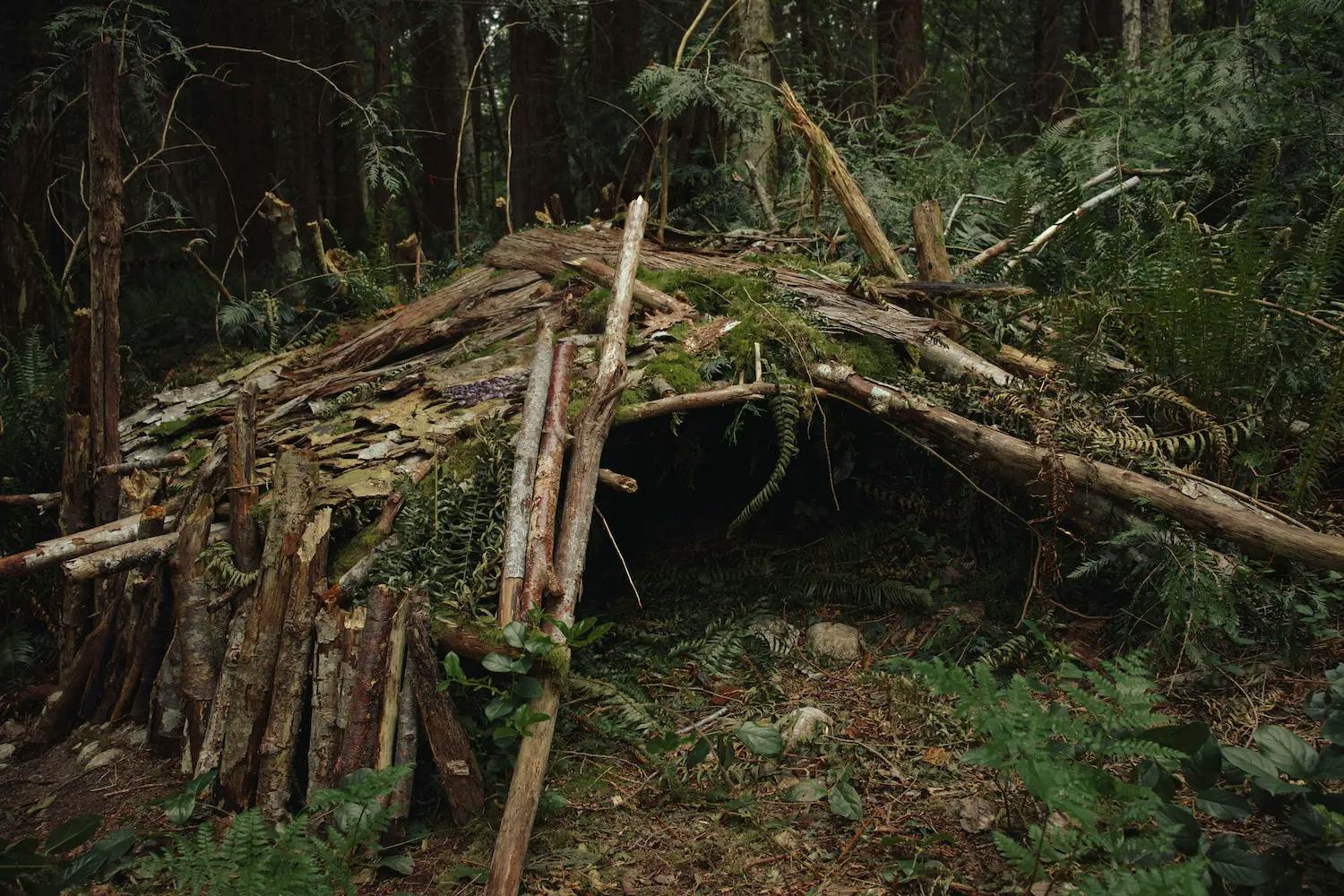Limited Range of Walkie-Talkies: 5 Tips for Better Communication
- Published on
5 Tips for Better Communication with Limited Range Walkie-Talkies
Walkie-talkies are an essential tool for communication in survival, prepping, and camping scenarios. However, many walkie-talkies come with a limited range, which can be frustrating when trying to stay connected over distance. In this guide, we'll explore five tips for better communication with limited range walkie-talkies.
1. Choose the Right Frequency
One of the most crucial factors in maximizing the range of your walkie-talkies is choosing the right frequency. Different frequencies have different propagation characteristics, and some are better suited to traveling longer distances. Typically, the UHF (Ultra High Frequency) band is better at penetrating through buildings and urban environments, while the VHF (Very High Frequency) band can travel over longer distances in open areas.
When operating in a wilderness or rural setting, it's generally beneficial to use the VHF band for better long-range communication. However, in more urban or built-up areas, the UHF band might provide clearer communication over shorter distances.
2. Optimize Antenna Position
The position of the antenna on a walkie-talkie can significantly impact its range. When using the device, ensure the antenna is vertical as this position often provides the best signal transmission. Tilting or angling the antenna can lead to a decrease in range, as the signal becomes weaker and more susceptible to interference.
Additionally, using an external antenna can extend the range of your walkie-talkie. These antennas are usually more powerful than the built-in options and can be positioned for optimal signal transmission, especially when communication is critical.
3. Limit Obstructions and Interference
Obstructions and interference can severely limit the range of walkie-talkies. When trying to communicate over longer distances, it’s essential to avoid large obstructions such as mountains, dense forests, or buildings, as these can disrupt the signal. Try to position yourself in higher elevations or open areas to minimize signal blockage and improve your chances of successful communication.
Furthermore, it's also important to minimize electronic interference. Avoid using walkie-talkies near other electronic devices, power lines, or sources of radio frequency interference as these can disrupt and weaken the signal, ultimately reducing the effective range.
4. Use Proper Radio Etiquette
Effective communication is not just about technology; it also involves the way you communicate. Using proper radio etiquette can significantly enhance the clarity and effectiveness of your messages, especially when dealing with limited range walkie-talkies.
Always use clear and concise phrases, and the internationally recognized radio communication language when applicable. This includes the use of words like "over" to indicate the end of a transmission and "out" to signify the conclusion of a conversation. Furthermore, it's important to avoid speaking over others and to wait for a break in communication before transmitting your message.
5. Invest in Repeater Systems
In situations where you anticipate needing to communicate over exceptionally long distances with limited range walkie-talkies, investing in a repeater system can be a game-changer. Repeaters are devices that receive a signal and then retransmit it at a higher power, effectively extending the range of your walkie-talkies. Many wilderness areas and national parks have dedicated repeater systems that can be utilized to increase the effective range of your communication.
In conclusion, while limited range walkie-talkies can pose communication challenges, employing the right strategies and techniques can vastly improve their effectiveness. By selecting the appropriate frequency, optimizing antenna position, minimizing obstructions and interference, maintaining proper radio etiquette, and considering the use of repeater systems, you can enhance the range and clarity of communication in survival, prepper, and camping scenarios.
Remember, effective communication is not solely reliant on the technology itself, but also on the knowledge and techniques applied by the users. With these tips in mind, you can maximize the potential of your limited range walkie-talkies and stay connected when it matters most.
For additional insights into survival and communication in the wilderness, check out this informative guide on wilderness survival from the National Park Service and this resource on radio communication in outdoor activities.



